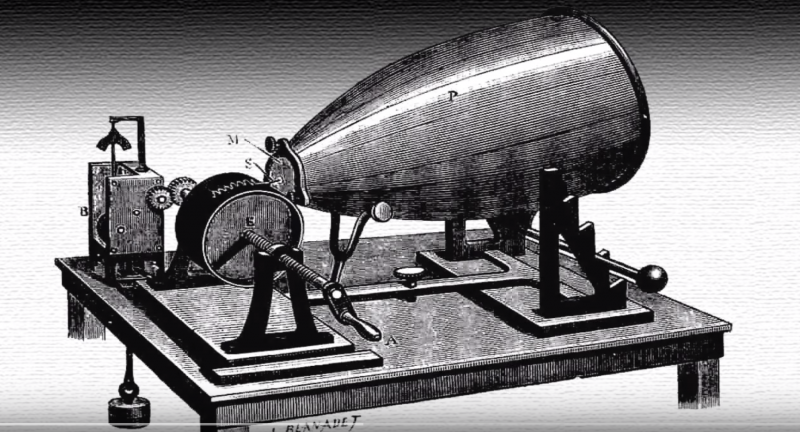
"In 1860, Ãdouard-Léon Scott de Martinville created the phonautogram, an early sound recording device, which recorded sound vibrations but could not playback audio."
"After 150 years, researchers managed to reconstruct and play back the first known recording of human voice, revealing Scott's original work."
"Scott's invention aimed to combine the principles of photography with sound, resulting in the phonautogram capturing sound waves as physical traces."
"In 2008, the Lawrence Berkeley National Laboratory used software called IRENE to extract sounds from Scott's phonautogram, leading to groundbreaking historical insights."
Ãdouard-Léon Scott de Martinville's invention, the phonautogram, created in 1860, marked the dawn of sound recording despite its inability to playback sound. Initially designed for studying sound waves, it produced the first known human vocal recording. After Scott's invention faded into obscurity, a breakthrough occurred in 2008 when audio historians utilized advanced software to reverse-engineer and extract sounds from Scott's phonautogram, unveiling the first human voice captured on record, thus bridging over a century of technological progress and preserving an invaluable piece of auditory history.
#sound-recording #history-of-technology #phonautogram #edouard-leon-scott-de-martinville #audio-reconstruction
Read at Open Culture
Unable to calculate read time
Collection
[
|
...
]